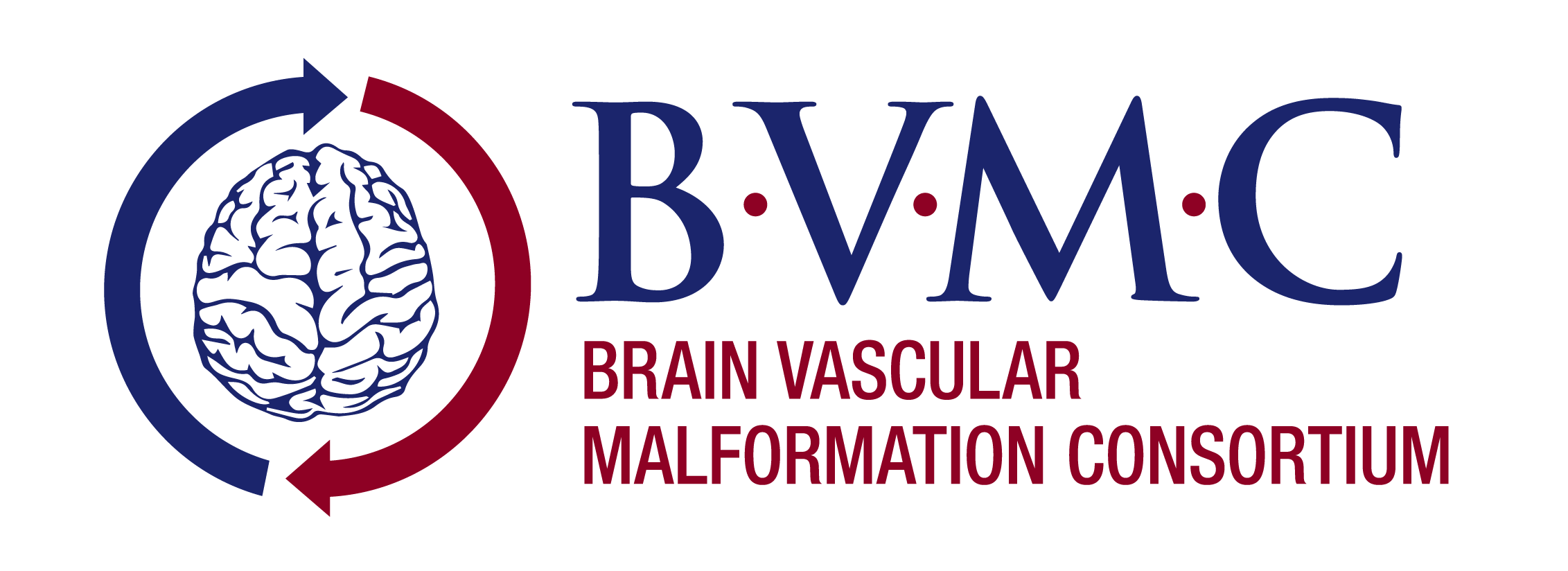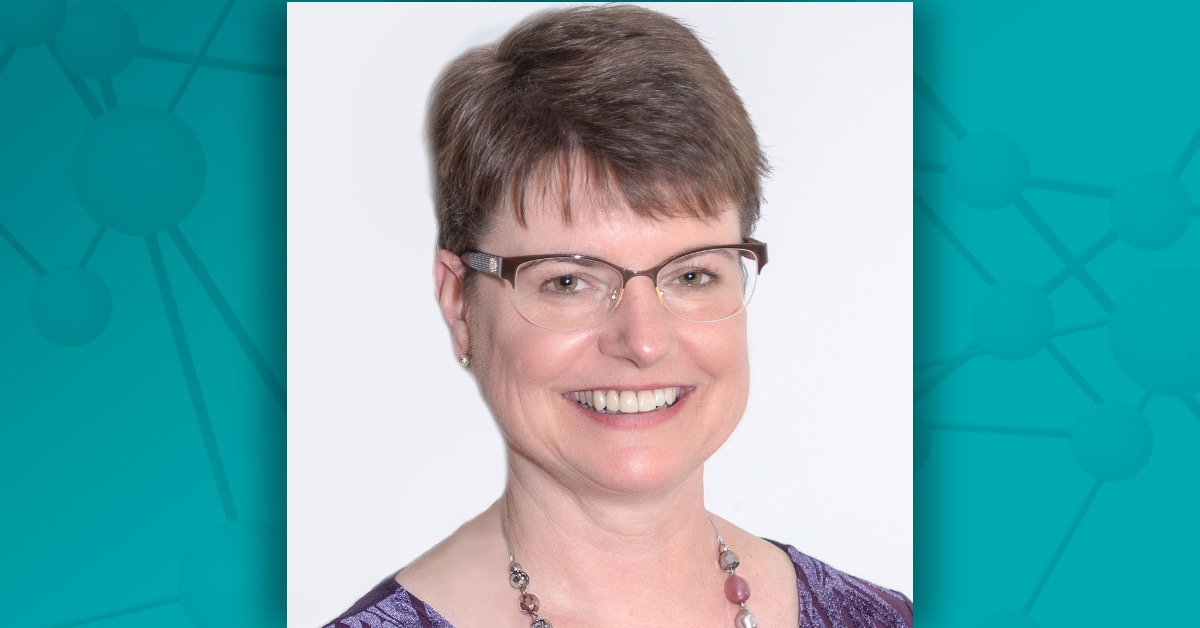Connie Lee, PsyD, is president and CEO of the Angioma Alliance and a member of the Brain Vascular Malformation Consortium (BVMC). She is also a licensed clinical psychologist and the mother of a daughter with multiple cavernous angiomas. Here, she shares her start in patient advocacy, current work, and future goals.
How did you get involved in advocacy work for rare diseases?
In January 2000, at the age of four months, my daughter had her first brain hemorrhage. She was diagnosed with a cavernous angioma and received brain surgery. By the time she was three years old, it was clear that this was going to be a lifelong condition for her.
At the time, no patient advocacy organization existed. I had a skillset that allowed me to take this on, so I reached out to the medical community and found willing partners. In 2002, we founded the Angioma Alliance, and we've been active for almost 20 years.
Tell us more about the Angioma Alliance.
We consider ourselves a patient research foundation. Our goal is to create resources that can be used to further research by the academic labs and pharmaceutical companies we work with. We provide a full range of patient education and support services, as well as clinical centers of excellence and free genetic testing. We also engage in legislative advocacy.
Since cavernous angioma is associated with founder mutations, we do a lot of genealogy, working with special populations to help them understand how their families connect with each other. This helps to engage them in research and facilitate better care.
We are the only organization for cavernous angioma patients in the United States. Now, there are 20 sister organizations around the world that have spawned as a result of the Angioma Alliance.
How is the Angioma Alliance engaged in the BVMC?
Three leaders of patient advocacy groups for diseases involving vascular malformations—myself, Marianne Clancy of Cure HHT, and Karen Ball of the Sturge-Weber Foundation—had a conversation that led to the formation of the consortium. So, from the beginning, this has been a patient-driven enterprise. We participate in the meetings and play an active role in decision-making in terms of the project aims for patients. I cannot emphasize enough how important the BVMC is for the future of CCM in general, particularly the natural history data.
How do you support research?
Overall, we view ourselves as “connectors.” We make connections between patients, academic researchers, industry partners, and legislators. We take what happens in the academic laboratories and find a way to bring the rest of the world into that laboratory.
Over the years, the Angioma Alliance has brought together the partners that are part of the cerebral cavernous malformations (CCM) component of the consortium. In funding cycle one and funding cycle three, we were recruiting agents for patients. In funding cycle two, we actually were on site for patient enrollment, bringing in about 50 patients who we continue to follow.
What are your goals?
Goal number one is a cure for CCM. Our target date is 2030, with better treatments by 2025. Improved care, treatments, and visibility for CCM—all of this relies on having an engaged, mobilized, excited, and hopeful patient base.
The Brain Vascular Malformation Consortium (BVMC) is part of the Rare Diseases Clinical Research Network (RDCRN), which is funded by the National Institutes of Health (NIH) and led by the National Center for Advancing Translational Sciences (NCATS) through its Division of Rare Diseases Research Innovation (DRDRI). BVMC is funded under grant number U54NS065705 as a collaboration between NCATS and the National Institute of Neurological Disorders and Stroke (NINDS).


